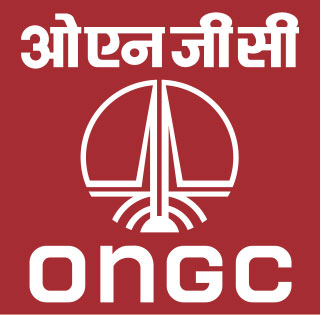Author: Saurabh Rajvanshi, A.S. Pawar, S.K. Malhotra, T.K. Mandal, M.P. Yadav, Avinav Kumar, Sagun Devshali and A. Chaubey
Abstract - Artificial lift techniques are required to recover water that is produced by the coal beds before production of the coal bed methane. The most common artificial-lift types include electric submersible pumps (ESPs), progressing cavity pumps (PCPs), Sucker Rod Pump (SRPs), and gas lift. The method and criteria for selecting lift equipment is similar to other wells and is governed primarily by the expected production rate and secondary is minimize downtime.As per available infrastructure and maintenance facilities, it is often best to choose the lift system that is simple to operate and least troublesome. This paper intends to study the optimization and selection of artificial lift methods under various well conditions to draw a comprehensive comparative analysis. ESPs are ideal for pumping volumes in excess of 150m3/d approx. from coal wells, but these pumps require reliable electricity and can be damaged by coal solids (fines), which are common in the early productive life of a well. PCPs are popular in many CBM projects because they can produce 15 to 150 m3/d, handle coal fines effectively, and require little maintenance. The SRP handles low-to-medium water volumes of 1 to 80m3/d and requires little maintenance. Gas lift is the least expensive lift system to operate. It requires no electrical power and handles wide range of dewatering rates. Gas lift, however, requires specific well pressure tolerances to work effectively. In this study, 16 wells of CBM Asset Bokaro (ONGC, India) which includes 10 wells of Jharia field and 6 wells of Bokaro field were considered for analysis.
The major pump failures observed due to high torque, low efficiency and erratic load conditions. The cause of these pump failures were unscrewed rod, gas interference or gas lock, stator damage, tubing failure, plugged pump intake screens and insufficient motor cooling. The bottom line is that no matter which artificial-lift system is used, it is crucial to minimize downtime and keep the well pumped off. This paper gives idea about optimization and selection of lift modes and study also includes software simulation and modelling of CBM wells.

